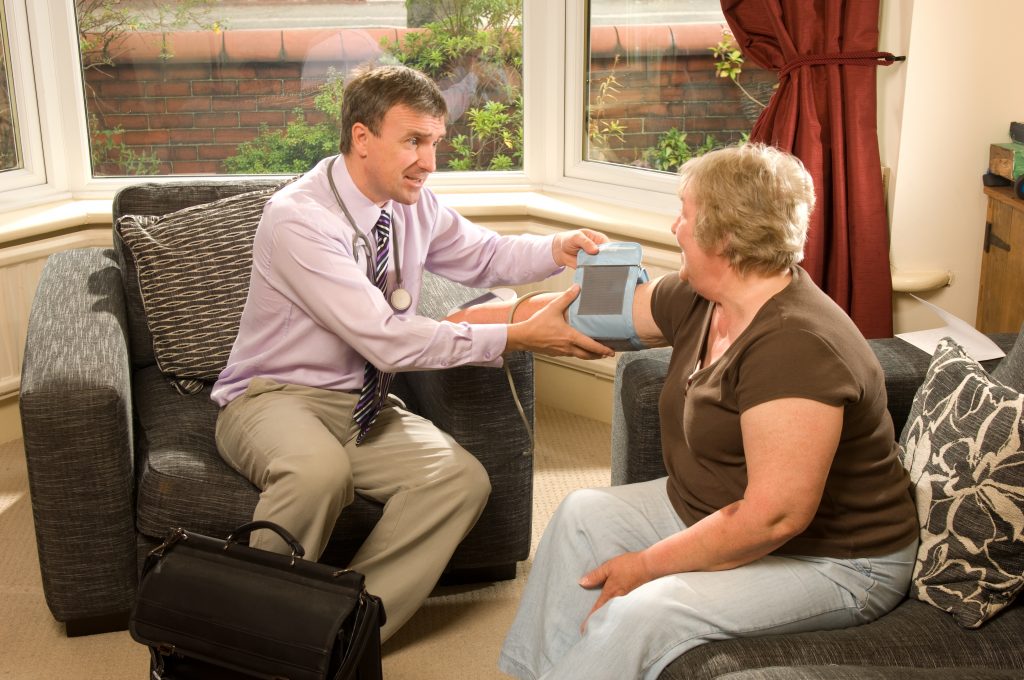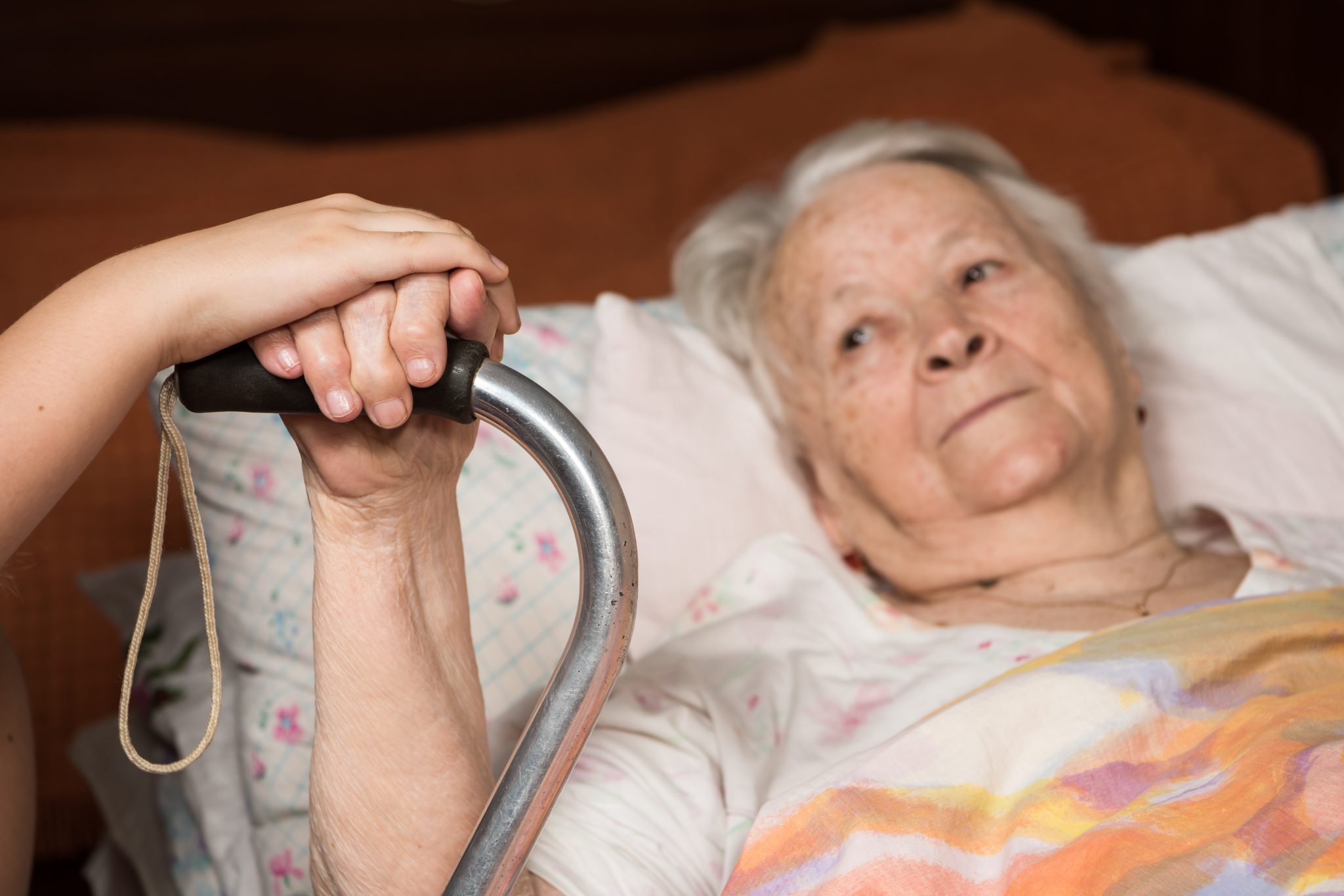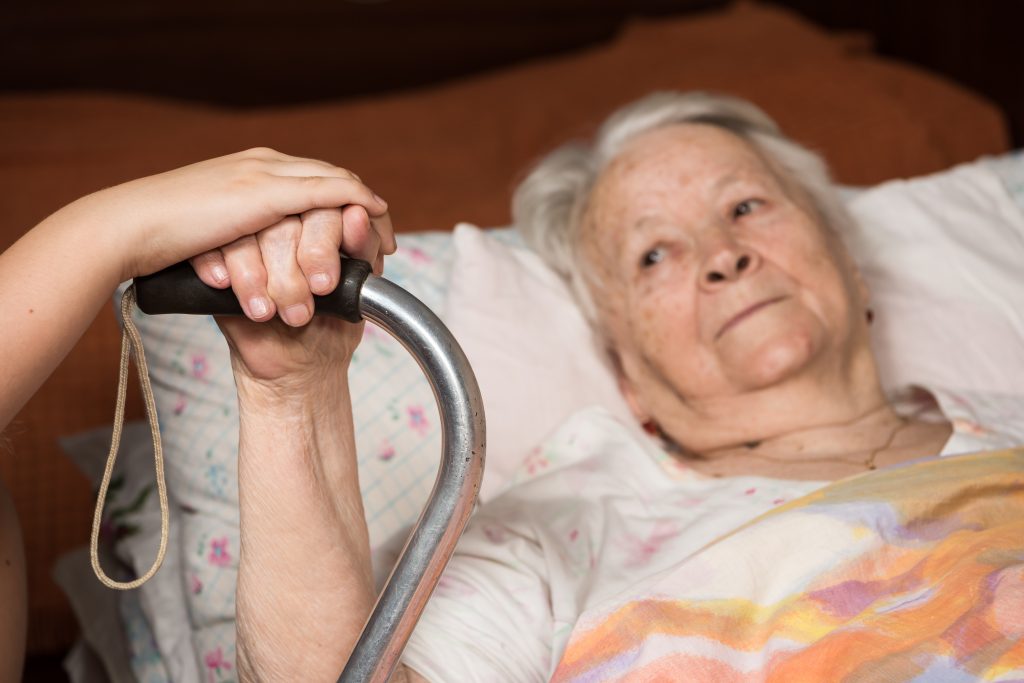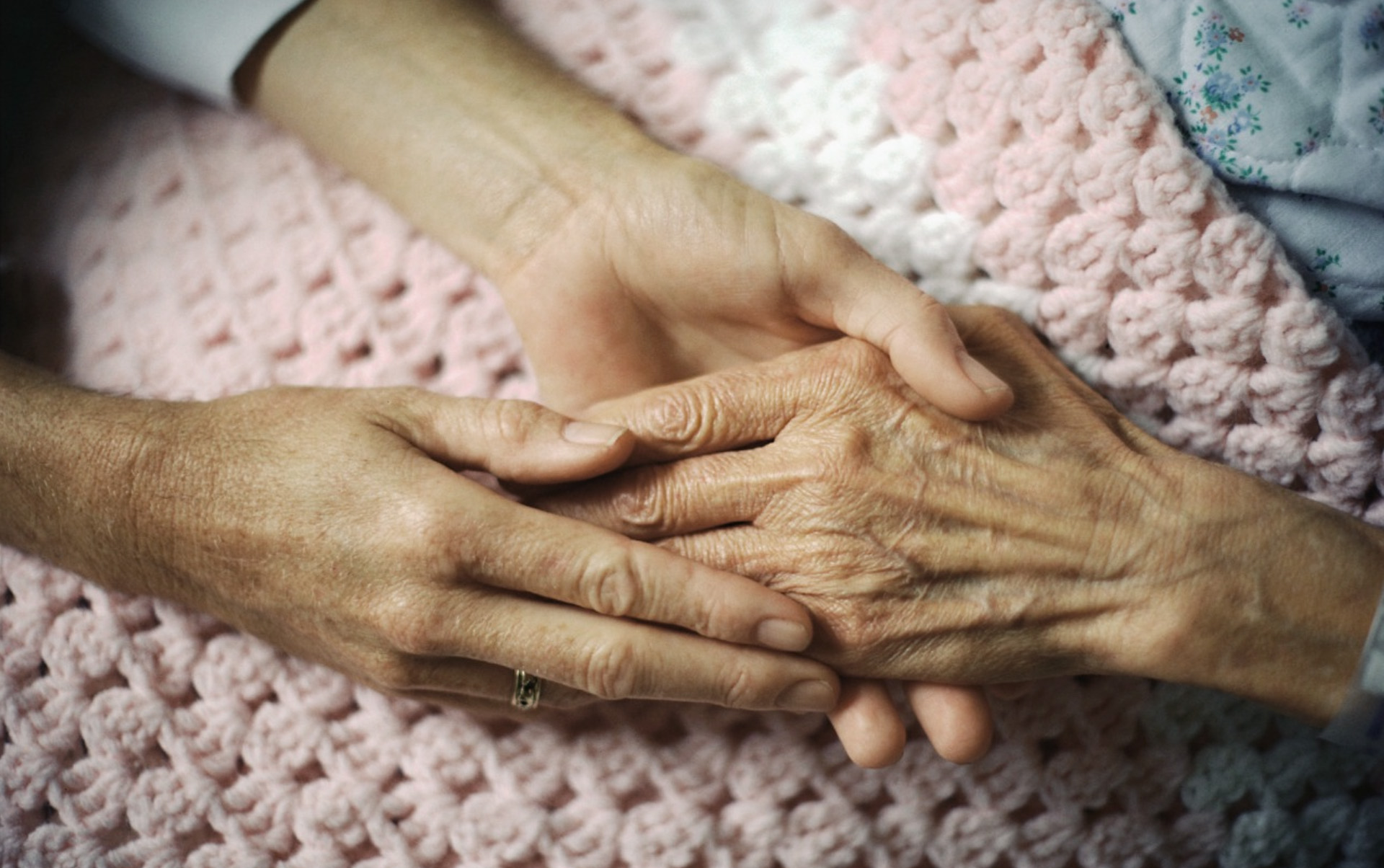July 31, 2019 | Health Affairs | Mark Japinga, Mathew Alexander, David Casarett, William K. Bleser, Mark B. McClellan, Robert S. Saunders
In April, the Centers for Medicare and Medicaid Services (CMS) introduced five new payment models as part of its Primary Care First (PCF) and Direct Contracting (DC) programs. The models represent CMS’s latest push to move primary care providers away from fee-for-service payments and into care models that focus on total cost of care, using varying levels of capitated payments that can help facilitate investment in critical services not sufficiently reimbursed under fee-for-service, such as care coordination, 24-hour call centers, and home visiting.
Care for high-risk, high-need patients earns significant attention, especially in the Serious Illness Populations (SIP) track within PCF. This model specifically builds on proposals from the American Association for Hospice and Palliative Medicine (AAHPM) and the Coalition to Transform Advanced Care (C-TAC) and offers the clearest glimpse yet into how CMS is incorporating new delivery models targeting this population.
The implementation challenges for practices will be similar to those found by our recent work on serious illness care in accountable care organizations (ACOs). This includes a national survey and case studies on diverse ACOs with mature serious illness care programs and sustained success in ACO models, which chronicled how some ACOs are going beyond simply identifying a serious illness population and working to transform their care. This research is especially relevant given that PCF and SIP, as currently described, focus more on improving whole-person care for high-risk patients with multiple chronic conditions, centralized in primary care settings. This is a key distinction from the AAHPM and C-TAC models, which focus on advanced illness, pre-hospice, or end-of-life care with a strong role for palliative care teams. In other words, these models may serve as a bridge to more comprehensive, person-focused serious illness care approaches in the coming years.
















